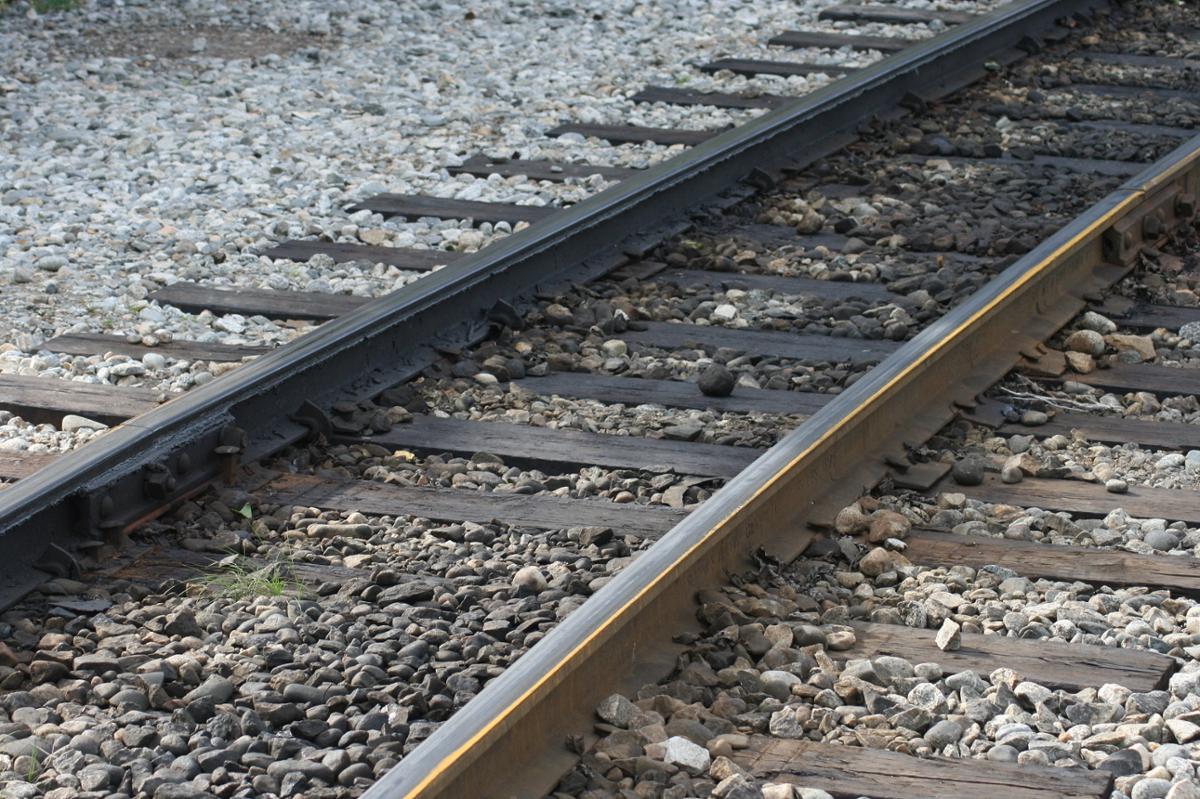It’s summertime, so get out your beach towels and plan your vacation! Of course, you’ll also want to apply sunscreen, stay hydrated, and know the signs of heatstroke. And just as you take care of your body in extreme temperatures, railroads have to watch out for overheating, too.
Railways lay tracks at something called “the neutral temperature,” representing the middle temperatures of the local environment. For instance, the neutral temperature is lower in Alaska than in Florida. In each case, the steel rails can tolerate both chilly winter nights and sweltering summer afternoons. But steel, just like your own body, doesn’t like extreme weather. When tracks endure excessive heat, the steel expands. Eventually, the stress of this expansion can cause the tracks to buckle, or suddenly bend to the side. In locomotive lingo, this is called a “sun kink.” Some sun kinks are gentle curves only a few feet long. But others might be very sharp and stretch for yards. From an aerial view, it can look as if a giant reached down and bent the once-straight rails into a capital S, or a squiggly line. Unfortunately, these can cause trains to derail.
To prevent derailments, railroad workers perform “heat patrols,” where they walk the tracks and keep an eye out for sun kinks. If necessary, they may try to reduce the stress in rails by cutting out a section to prevent them from buckling. If a sun kink does occur, the workers cut out the bent track and put it back in the proper position, or lay new rails as replacements.










